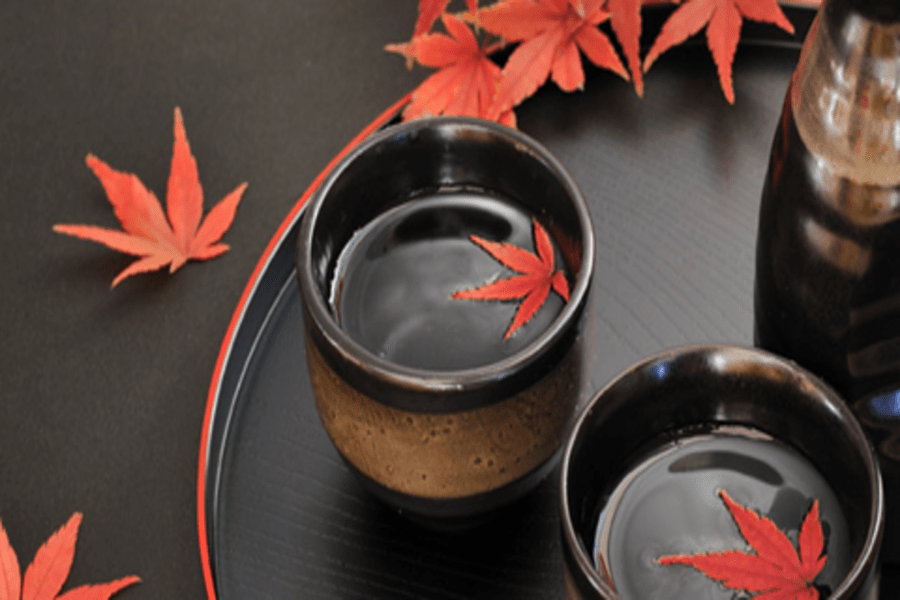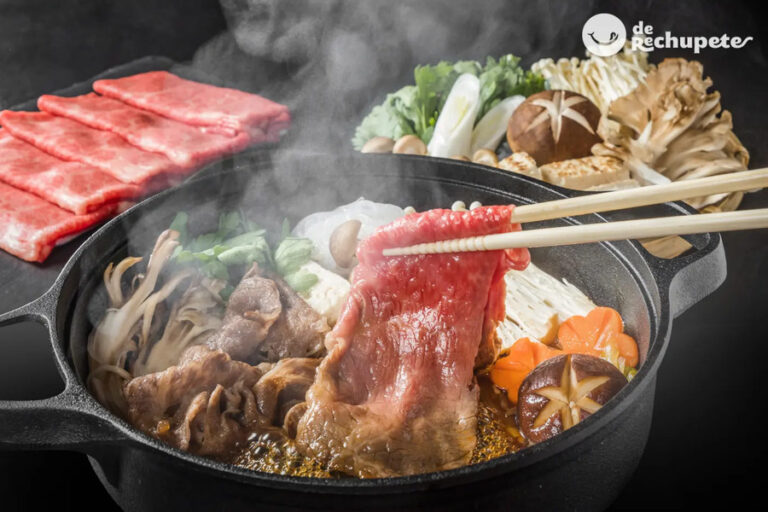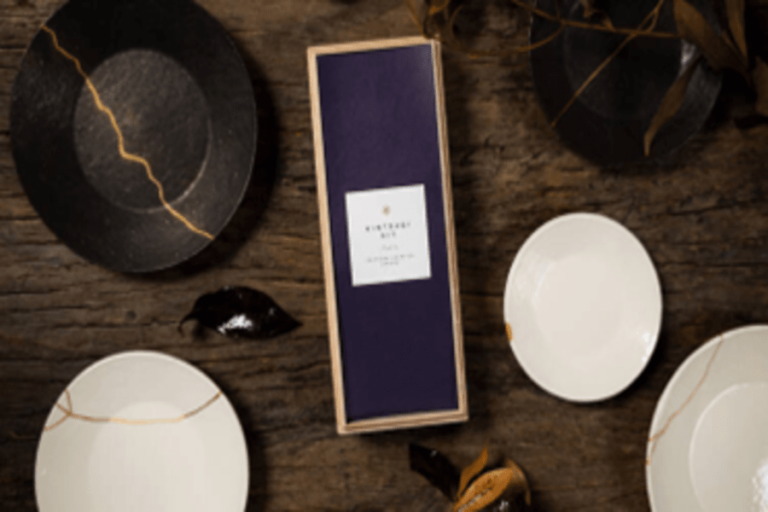In the heart of Japan’s rich cultural tapestry lies a traditional beverage that transcends its role as a mere drink—it’s an art form, a representation of craftsmanship, and a symbol of celebration. Sake, often referred to as “nihonshu” in Japan, is a rice wine with a diverse spectrum of flavors, aromas, and brewing techniques. Choosing the right sake to suit your palate can be an enriching journey, and this guide aims to demystify the process, empowering you to navigate the world of sake with confidence.
Understanding the Basics:
Types of Sake:
Before embarking on your sake exploration, familiarize yourself with the main types:
Junmai: Made with only rice, water, yeast, and koji mold.
Honjozo: Polished rice with a small amount of distilled alcohol added to enhance aroma and flavor.
Ginjo: Premium sake with rice polished to at least 60%, showcasing delicate and fruity aromas.
Daiginjo: An even more refined version with rice polished to at least 50%, offering complex flavors and fragrances.
Sake Meter Value (SMV) and Acidity:
SMV: Indicates the sweetness or dryness of sake. Positive values (e.g., +3) suggest drier sake, while negative values (e.g., -3) indicate sweeter varieties.
Acidity: Defines the tartness or acidity of sake, ranging from crisp and sharp to round and smooth.
Tasting Tips:
1. Visit a Sake Brewery:
Immerse yourself in the world of sake by visiting a local brewery. Many offer guided tours and tastings, providing valuable insights into the brewing process and allowing you to interact with knowledgeable brewers.
2. Attend Sake Tasting Events:
Keep an eye out for sake tasting events, often held at sake bars or specialty shops. These events allow you to sample a variety of sakes and refine your palate by experiencing different styles, flavors, and characteristics.
3. Explore Sake Pairing:
Experiment with pairing sake with different types of cuisine. Sake complements a wide range of dishes, and understanding how it interacts with various flavors will help you discover your preferences.
Choosing Based on Flavor Profiles:
Fruity and Floral:
If you enjoy wines with fruity and floral notes, explore Ginjo and Daiginjo varieties. These sakes are often characterized by aromatic profiles, showcasing hints of apple, pear, melon, or floral essences.
Earthy and Robust:
For those drawn to bold and robust flavors, Junmai or Honjozo sakes with a higher rice polishing ratio may be preferable. These varieties tend to have a fuller body and can exhibit earthy, nutty, or umami characteristics.
Sweet and Mild:
Sakes with a lower SMV and higher acidity levels are likely to be sweeter and milder. Look for terms like “nigori” for unfiltered and slightly sweet options, or try Amazake for a sweet, low-alcohol rice beverage.
Crisp and Dry:
Sakes with a positive SMV and lower acidity are generally drier and crisper. If you prefer a clean and refreshing profile, explore Junmai and Honjozo varieties with a higher polishing ratio.
Reading Labels:
1. Rice Polishing Ratio:
The percentage indicates how much of the outer layer of the rice has been polished away. Lower percentages (e.g., 50%) signify higher quality and often result in a cleaner, more refined taste.
2. Alcohol Content:
Sake labels typically display the alcohol content. While most sakes range from 15% to 20% alcohol by volume, certain styles may have higher or lower percentages.
3. Sake Classification:
Pay attention to classifications like Junmai, Honjozo, Ginjo, and Daiginjo. Understanding these terms will provide insights into the brewing process and flavor profiles.
Conclusion:
Choosing the right sake to suit your palate is a delightful journey that involves exploration, experimentation, and an appreciation for the craftsmanship embedded in each bottle. From the fruity elegance of Ginjo to the robust depth of Junmai, Japan’s sake offerings cater to a diverse range of preferences. Whether you embark on a brewery tour, attend a tasting event, or simply experiment with pairings at home, each experience contributes to your understanding of this time-honored beverage. So, raise your glass, savor the complexities, and let the world of sake unveil its secrets to your discerning palate. Kanpai!







